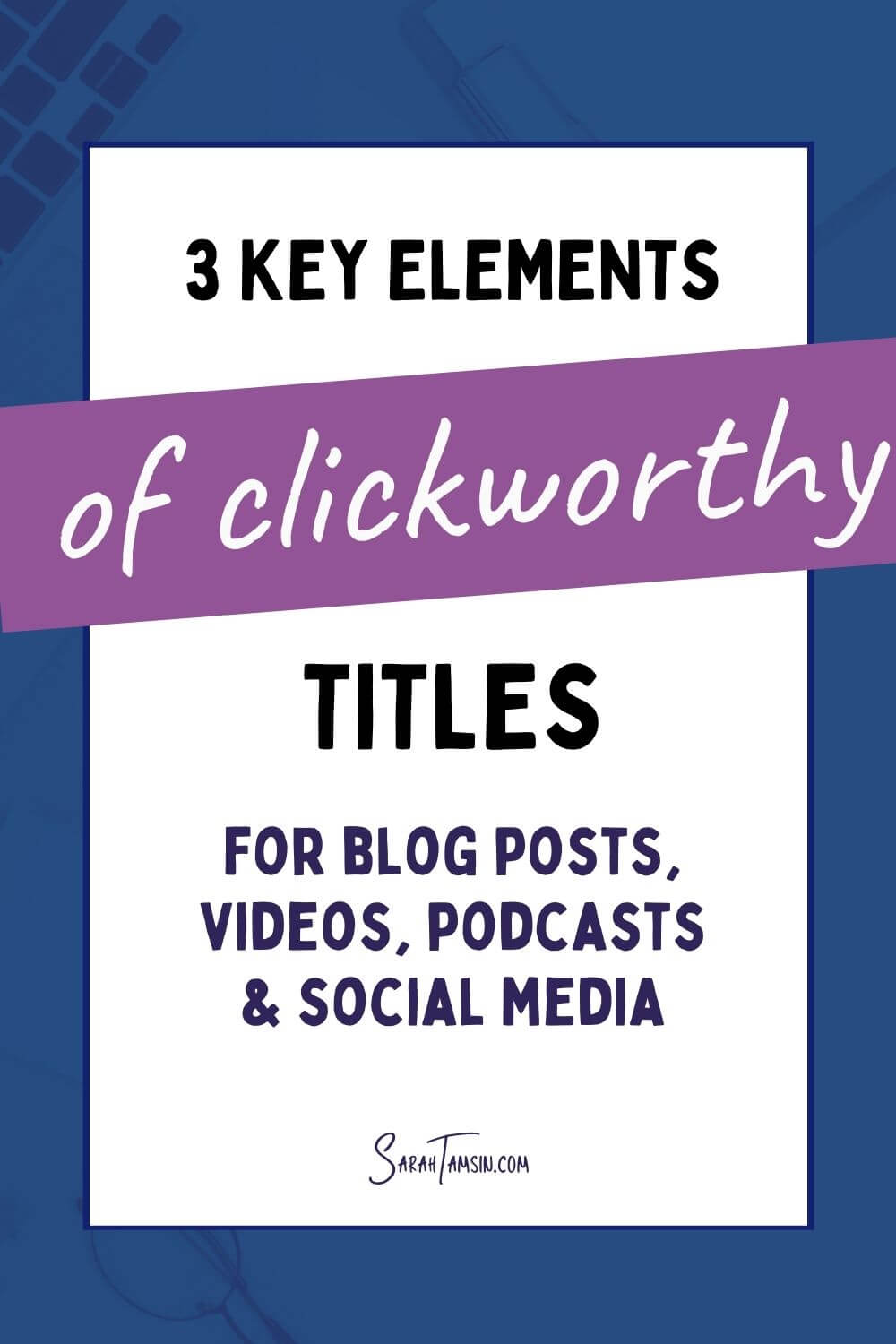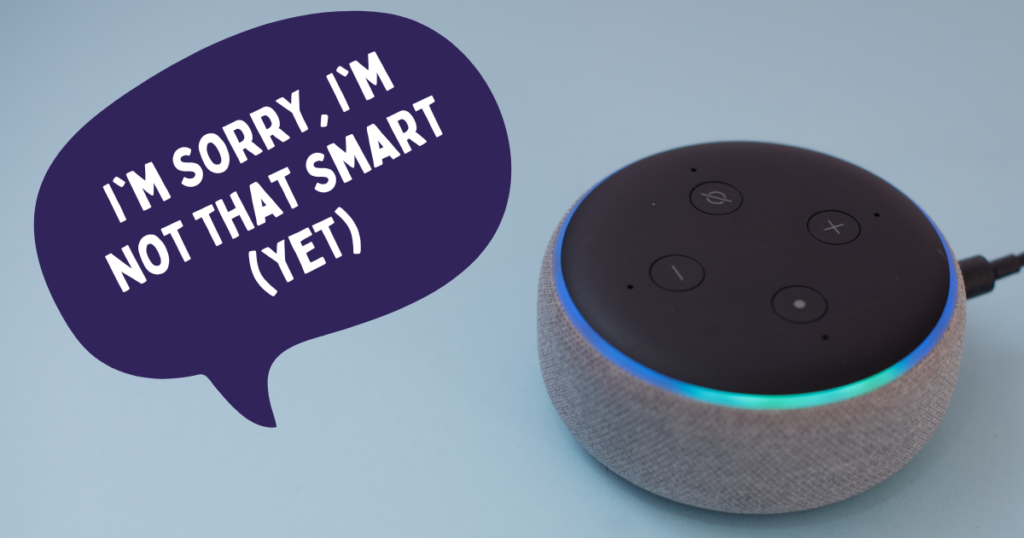What’s in a title? Your title acts as the gatekeeper to your content. Most visitors scroll search engine results pages (SERPs) and social media feeds quickly without reading every word.

A great click-worthy title can seriously make or break your content.
It doesn’t matter how much effort you’ve put in or how well produced your latest blog/video/podcast is, if the title sucks then no one will want to click through to read it.
A title is a contract between you and the reader. If your title doesn’t live up to its promise, then the user has a negative experience and their intent goes unmet.
…and off to your competitors is where they will end up.
Clickbait titles are over. Even the less tech savvy consumers can see straight through clickbait now. Consumers aren’t as naïve as some marketers believe.
So, how do you write a compelling title beyond including your well-researched keywords?

Contents
Clickworthy Title Element #1: Compelling
Your title should be compelling. It should entice visitors to really want to click through to read the full article, watch the full video or listen to the full podcast. It should generate excitement and interest.
Without a compelling reason to click-through, people will simply scroll on past.
In order to make your titles more compelling, use emotive words to describe the outcome.
Examples of Compelling Titles
“6 Braided hairstyles for long hair”
Could become
“6 Stunning braided hairstyles for long hair”
Or even
“6 Beautiful braided hairstyles for your long hair this summer”
Another example
“How to generate more leads for your business”
Could become
“A powerful method to generate more leads for your business”
Or perhaps
“How to quickly generate meaningful leads for your business”
Clickworthy Title Element #2: Descriptive
While SEO is important, search engine crawlers are not human readers, and your title will be read by more humans than search engines.
It is ultimately a human reader who will decide whether your page is worth clicking on or not. If your title is too vague or lacks enough descriptive keywords, then readers will scroll past you (that’s if they even find you at all)
Writing page titles using descriptive keywords is a hugely important part of SEO, especially because these descriptive words are used to refine the intention of the searcher.
Titles should therefore be targeted to the average reader and contain relevant keywords for search engine optimization. When writing a blog post title, put yourself in the shoes of your audience and ask yourself: “if I saw this headline in my newsfeed, would I want to read it?”
Make sure that your blog title contains an accurate description of what the content will contain. This will help readers know whether or not they’re interested in reading it, and it will also help search engines understand what your blog post is about.
Related content: A Beginner’s Guide to SEO
Clickworthy Title Element #3: Concise/Succinct
This means that your title needs to say as much as possible while also getting to the point.
Your title should be a concise and succinct description of what the content will contain.
It should also be skim-able at a glance. We have incredibly short attention spans when we’re online.
If your title is not succinct then you run the risk of people not clicking through because they don’t know what your content is about.
How to Write More Concise Titles
“10 easy ways to do your hair that are perfect for school or work”
Could become
“10 quick & easy hairstyles for work or school”
Or
“10 hairstyles perfect for school or work”
Remember that your titles have a length restriction – titles that are too long risk being cut off.
Page titles cannot be infinitely long either, they’re truncated at around 60 characters, although this is not precise.
Why? Because each character is not equal, the letter ‘m’ is wider than the letter ‘l’, so the width of the title in pixels is actually more significant than the number of characters itself.
Writing Clickworthy Titles: Summary
The 3 key elements of writing clickworthy titles are:
- Compelling
- Descriptive
- Concise (succinct)
Keep these 3 elements in mind when you’re writing your own titles for your blogs, videos or podcasts.



